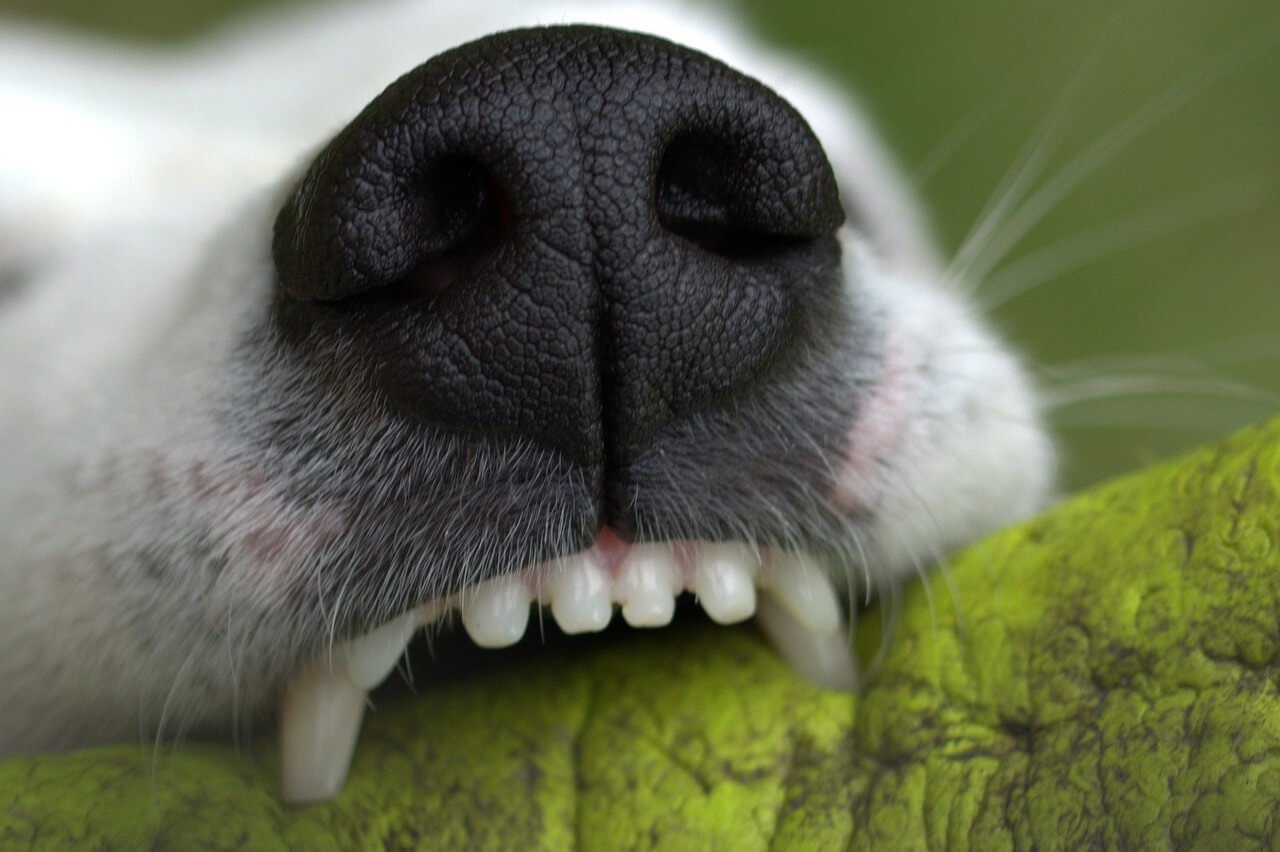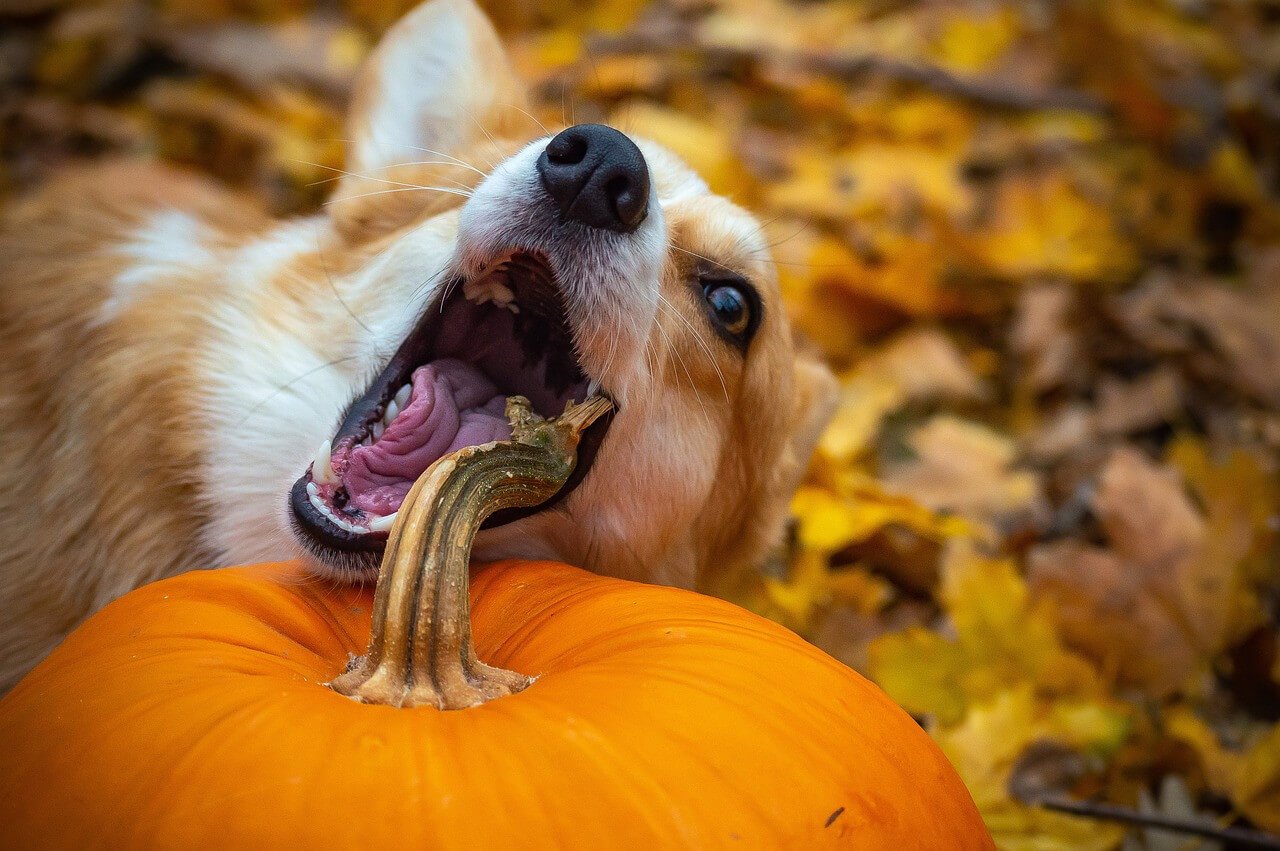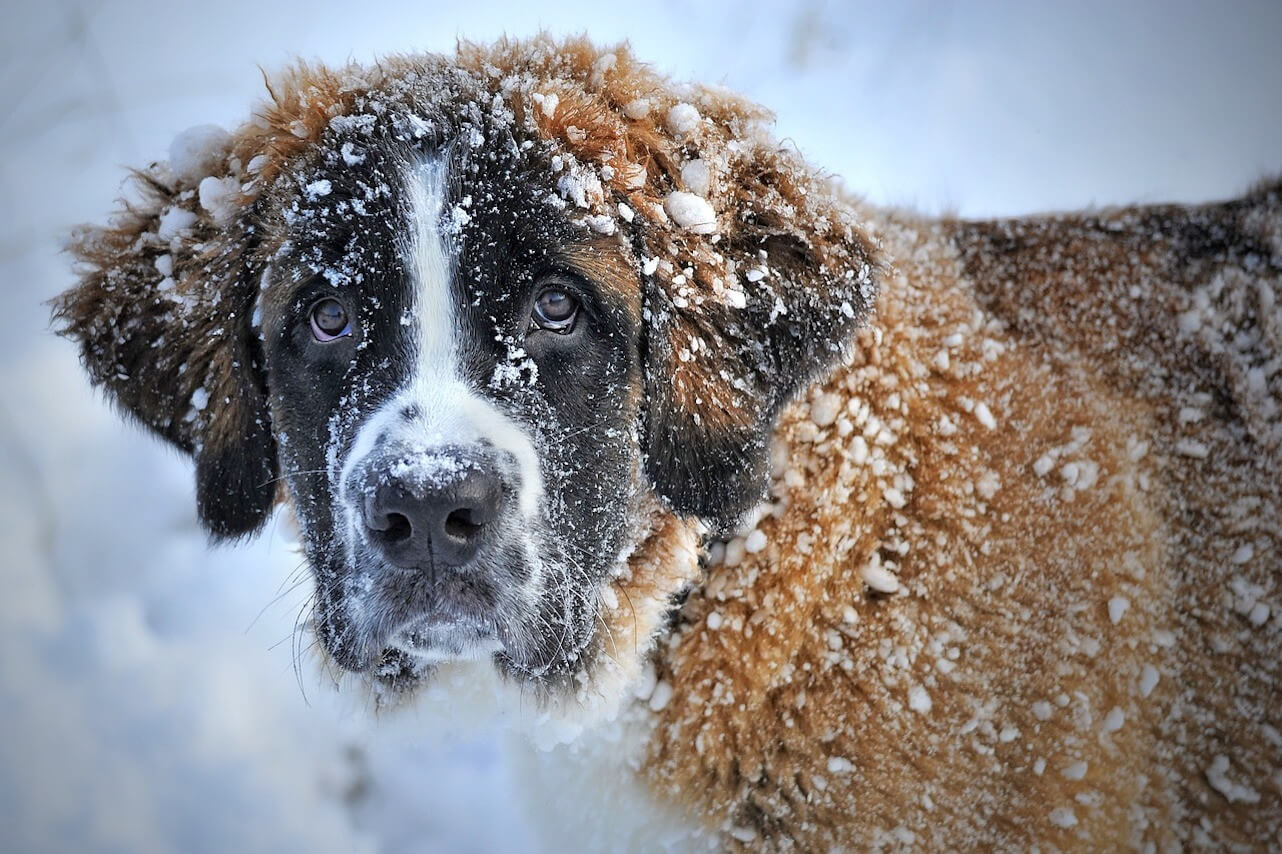Have you ever cuddled up with your furry best friend, only to get a whiff of... well, let's just say less than fresh doggy breath? While it might be a hilarious moment you joke about with family and friends, it can also be a red flag signaling your dog's dental woes. Just like how we're always told to brush twice a day, our four-legged companions also benefit from a little dental TLC. Dive into the world of canine oral care with me and discover why your dog's pearly whites deserve the spotlight!
The Advantages of Brushing Your Dog's Teeth
Let's face it: snuggling with your dog is much more fun when you aren't welcomed by a gust of stinky breath. Brushing on a regular basis keeps odor-causing bacteria at bay, ensuring that your dog's kisses remain pleasant and fresh.
Dental disorders in dogs involve more than just yellowed teeth and foul breath. Plaque accumulation can cause painful gum diseases, tooth loss, and even abscesses. By brushing your dog's teeth, you're actively preventing him from a variety of dental illnesses.
A dog with a sore mouth or hurting teeth may avoid eating or chew less effectively. Keeping their teeth and gums in good condition allows them to continue eating without pain.
The mouth is frequently a window into your dog's overall health. Brushing regularly assists you to detect abnormalities such as swollen gums, tumors, or fractured teeth early on. Early detection frequently results in simpler treatments and better outcomes.
While we all like our veterinarians, recurrent dental disorders can necessitate numerous visits and, as a result, higher expenditures. As the saying goes, prevention is better (and frequently less expensive) than cure. Brushing your dog's teeth will help you save money on future dental operations and treatments.
Brushing your dog's teeth, believe it or not, can become a bonding experience. While there may be some resistance at first, as your pet becomes accustomed to the routine, they will link the exercise with human attention and care.

When to Start Brushing
The old adage, "start them young," holds true for dental care in dogs too. Puppyhood is an optimal time to introduce oral hygiene habits. With their baby teeth and naturally curious nature, puppies are generally more receptive to new experiences. By acclimating them to teeth brushing early on, you're setting a stage for lifelong dental health.
If you've adopted an adult dog or perhaps missed the puppy boat, fret not. While adult dogs may take a little more patience and time to get used to the routine, it's absolutely possible. Remember, it's less about age and more about gradual, positive introduction. So, whether your dog is 3 months or 3 years old, today is a good day to start.
Prior to diving into the actual brushing, familiarize your pet with the sensation. Start by gently massaging their gums and teeth with your finger. This helps them get accustomed to the feeling and builds trust. You can also let them taste a bit of the dog-specific toothpaste to pique their interest.
Choosing the Right Tools and Products
Choose a toothbrush based on your dog's size, with smaller brushes suitable for Chihuahuas and larger ones for Great Danes. Angled and finger brushes offer better fit and control, while finger brushes are suitable for dogs hesitant about full-sized toothbrushes.
Dog-Friendly Toothpaste
Avoid Human Toothpaste: Human toothpaste often contains xylitol, a sweetener that's toxic for dogs. Always use a dog-specific toothpaste.
Tasty Varieties: Dog toothpastes come in flavors like poultry, beef, or peanut butter, making the brushing experience a tasty treat for your pet.
Enzymatic Options: These toothpastes contain enzymes that help break down plaque and tartar, enhancing the cleaning process.
Dental Wipes and Pads
Quick Clean: If your dog isn't a fan of brushing or you're short on time, dental wipes can offer a quick way to clean the surface of their teeth.
Great for Gumlines: Wipes are particularly effective for the gumline, a common area for plaque accumulation.
Dental Chews and Toys
Natural Cleaning: While not a replacement for brushing, dental chews and toys can naturally clean your dog's teeth as they gnaw and play.
Plaque Fighters: Many dental chews are formulated to fight plaque and freshen breath.
Safety First: Ensure any chew or toy is appropriate for your dog's size to prevent choking hazards and monitor them while they're enjoying their treat.

Step-by-Step Guide to Brushing Your Dog's Teeth
- Create a Calming Environment:
Find a quiet, well-lit spot in your home. The fewer distractions, the better.
Have all your supplies on hand – toothbrush, toothpaste, and maybe a comforting towel to let your dog sit on.
- Introduce the Toothpaste:
Let your dog have a little taste of the toothpaste first. This familiarizes them with the flavor and can make the subsequent steps a bit easier.
Remember, it's all about positive associations. If they like the taste, they're more likely to cooperate.
- Start with Your Finger:
Before introducing the toothbrush, dip your finger in the toothpaste and gently rub it on their gums and teeth. This step helps your dog get used to the sensation.
Use soft, circular motions, especially focusing on the gum line.
- Gradual Introduction of the Toothbrush:
Let your dog sniff and inspect the toothbrush. They're bound to be curious!
Apply some toothpaste on the brush and let them taste it from there, creating a positive association.
- Begin Brushing:
Start with the front teeth. Since they're easier to reach, it's a gentle way to begin the brushing process.
Use gentle, circular motions and gradually move to the molars and the inner surfaces of the teeth.
Remember, the gum line is where most bacteria and plaque accumulate, so give it some extra attention.
- Stay Calm and Composed:
Your dog can sense your emotions. If you're anxious, they'll be too. So, take deep breaths, speak in a soothing voice, and offer praises.
If your dog becomes agitated, take a break and return to it later. It's okay if you don’t brush every single tooth in the first session. Consistency and patience are key.
- Reward, Reward, Reward:
After each session, offer a treat or their favorite toy. This creates a positive end to the experience, making it something they look forward to.
Shower them with praises and some cuddle time. It's not just about brushing, but also bonding!
- Rinse and Store the Tools:
Rinse the toothbrush thoroughly and store it in a dry place.
If you're using a finger brush, make sure to clean it properly and let it air dry.

Additional Oral Care Tips for Dogs
- Diet and Nutrition:
Quality Kibble: Some high-quality dry dog foods are formulated to help reduce plaque and tartar buildup, as the abrasive texture can provide a natural brushing effect.
Chewy Treats: Specific dog treats are designed to clean the teeth as they chew. These can be a great supplement to brushing.
- Dental Chews and Toys:
Safety First: Ensure any chew or toy is suitable for your dog's size and is durable enough to withstand rigorous chewing without breaking into dangerous pieces.
Rotation Strategy: Rotate different dental toys and chews to keep your dog interested and to ensure a well-rounded cleaning experience.
- Regular Vet Check-ups:
Professional Cleaning: Schedule regular dental cleanings with your vet. A professional cleaning can address hard-to-reach areas and tartar buildup.
Dental Health Assessment: Your vet can identify potential issues, ensuring early detection and intervention.
- Hydration Matters:
Fresh Water: Always ensure your dog has access to fresh water. Drinking helps wash away food particles and reduces bacteria in the mouth.
Water Additives: Some products can be added to your dog's water to help reduce bacteria and freshen breath. Ensure they're vet-approved before using.
- DIY Doggy Mouthwash:
Herbal Solutions: Some natural solutions, like a mix of water, parsley, and mint, can be used as a mild mouthwash to freshen your dog's breath. However, always consult your vet before introducing any DIY solution.
- Watch Out for Warning Signs:
Bad Breath: Persistent bad breath can be a sign of dental disease.
Changes in Behavior: If your dog is reluctant to eat, drools excessively, or shows discomfort when chewing, it might indicate oral issues.
Regular Checks: Even between vet visits, regularly check your dog's mouth for signs of swollen gums, discolored teeth, or any lumps.
- Educate Yourself:
Stay Updated: New products and methods for canine dental care are continually emerging. Keep yourself informed by reading articles, attending workshops, or discussing with your vet.
Doggy Dental Communities: Joining pet forums or community groups can be a great way to share tips and learn from fellow dog owners' experiences.
Conclusion
Your dog's oral health is a direct reflection of the care, love, and attention you shower upon them. While those initial toothbrush tussles may seem daunting, remember that, just like with any other aspect of pet care, consistency, patience, and understanding are your best allies. Every stroke of the brush, every dental chew, and every vet visit contributes to a happier, healthier life for your canine companion.
In the end, as you navigate the adventures of doggy dental care, always remember the heartwarming reason behind it all: the bond, the companionship, and the unconditional love that defines the beautiful relationship between you and your furry friend. Happy brushing!





